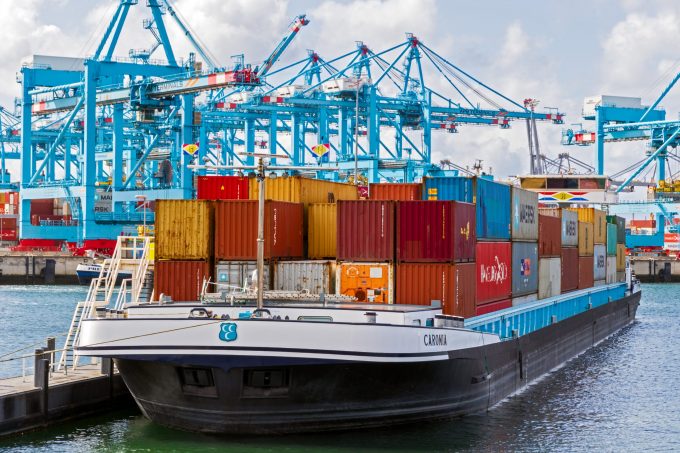Congestion at box ports still plaguing Europe's inland waterways
Worsening weather can wreak havoc on inland container networks across northern Europe, leading to surcharges, ...

Low water levels have led to “chaos” on Germany’s River Rhine, with barges moving at just 20-30% of capacity due to draught limitations and things set to deteriorate even further.
Yesterday, Contargo confirmed the water level on the Kaub Gauge had fallen to 47cm – the lowest for four years – with forecasts suggesting it will keep falling next week and that the Rhine will close to barge traffic.
Metro Shipping MD Grant Liddell told The Loadstar: “This is critical, as a ...
Volcanic disruption at Anchorage could hit transpacific airfreight operations
Shippers snap up airfreight capacity to US ahead of tariff deadline
New price hikes may slow ocean spot rate slide – but for how long?
Tighter EU import requirements proving 'a challenge' for forwarders
Supply chain delays expected after earthquake hits Myanmar
Forwarders stay cool as US 'liberation day' tariffs threaten 'global trade war'
Looming Trump tariffs will create 'a bureaucratic monster' for Customs

Comment on this article